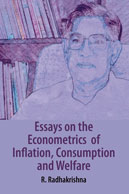New Releases...
Download Catalogue...
Download Excel Data
Download PDF Catalogue
You will get a Excel file with detail about catalogue.
You will get PDF file with detail about catalogue.
Detailed info...
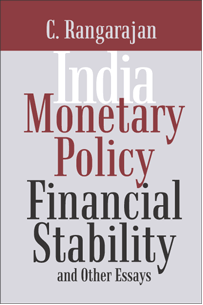
Hard-cover • 2009
Pages: 428
ISBN: 9788171887354
INR 1395
+ Add to Cart
Publisher:
Academic Foundation
India: Monetary Policy, Financial Stability and Other Essays
C. Rangarajan
About the Book
<p>THE volume covers a wide spectrum of topics ranging from monetary policy and financial stability to globalisation and economic growth and social development.</p>
<p><br />
The essay on "Financial Stability" though written much before the current crisis, had anticipated many of the issues that are being debated today. The essay on "Monetary Policy" argues that maintaining price stability should be the dominant objective of monetary policy.</p>
<p><br />
The essay on "Globalisation" points out that India should seek to wrest maximum advantages from globalisation by identifying the comparative advantages that India possesses. In the essay “Economic Growth and Social Development”, the author pleads for an approach that weaves equity and efficiency into a coherent pattern of growth.</p>
<p><br />
Economic growth and social development are the two legs on which a nation should walk. Ignoring any one leg will only mean that the nation will limp along.</p>
<p> </p>
<p>The book is divided into four sections: Monetary Policy and Fiscal Issues; Growth and Development; Sectoral Issues – Industry, Power, Banking and Agriculture; and External Sector and Globalisation. The book contains in all 25 essays and should interest a wide cross section of audience.</p>
Praise for this book
<p>"Anand Chandavarkar is a rare economist. He is a probing and profound scholar, writes with transparency and eloquence, and has many interesting things to say. His writings on Keynes are particularly fascinating and will attract a huge readership. This book is a gem; it should attract the attention of every serious economist."<br />
Jagdish Bhagwati <br />
University Professor, Economics and Law, Columbia University, USA</p>
<p><br />
"This splendid wide-ranging collection of essays, based on a deep knowledge of history of economics and economic analysis reflect the long and useful life of its author as a teacher and researcher in academic and international organizations. His views are always balanced and fair. Shining through them all is his compassion and humanity."<br />
G.C. Harcourt, <br />
Emeritus Fellow, Jesus College, Cambridge, UK</p>
<p><br />
Anand Chandavarkar displays his customary ability to "excite the judgement briefly rather than to inform it tediously" (Francis Bacon). He reveals entirely new aspects of Keynes and discusses illuminatingly not only economic, but also philosophical, anthropological, political, and historical questions. The book opens up entirely new vistas."<br />
Paul Streeten,<br />
Emeritus Professor, Boston University, USA and Emeritus Director,<br />
World Development Institute</p>
<p><br />
"Chandavarkar is India's foremost and finest scholar of Keynes. His earlier book, Keynes and India remains a classic. This new book adds to our knowledge and understanding of Keynes, and how Keynes' influence shaped the thinking of contemporary economists and events."<br />
Tony Thirlwall,<br />
Professor of Applied Economics, Keynes College, University of Kent,<br />
Canterbury, UK.</p>
About the Author(s) / Editor(s)
<p><strong>Dr. Chakravarthi Rangarajan</strong>, a distinguished economist, has been a cerebral policy maker of India who brought to bear not only deep scholarship but lateral thinking on the formulation of public policy.</p>
<p><br />
He is presently a member of the Rajya Sabha, the upper house of Indian parliament.</p>
<p> </p>
<p>Dr. Rangarajan has held several important positions in the Government. He was Chairman-Economic Advisory Council to the Prime Minister (2004-2008) and headed the Twelfth Finance Commission (2003-04) which paved the way for fiscal consoli-dation.</p>
<p><br />
He was Governor, Andhra Pradesh (1997-2003) and Governor, Reserve Bank of India (1992-1997).</p>
<p><br />
As Governor RBI, Dr. Rangarajan gave a major thrust to financial sector reforms. The institutional environment was altered to make monetary policy a more effective instrument of economic policy. The exchange rate regime underwent a fundamental change.</p>
<p><br />
He was member of the Planning Commission during 1991-92. Prior to that, he held the position of Deputy Governor, Reserve Bank of India, for almost a decade.</p>
<p><br />
During this period, he was instrumental in bringing about a number of changes in the credit and financial system, both in terms of induction of new instru-ments and new institutions.</p>
<p><br />
Dr. Rangarajan has taught at the Wharton School of Finance and Commerce, University of Pennsylvania and the Graduate School of Business Administration, New York University.</p>
<p><br />
In India, he has taught at Loyola College, Madras; Indian Statistical Institute, New Delhi and for well over a decade and a half at the Indian Institute of Management, Ahmedabad.</p>
<p> </p>
<p>He is the author or co-author of the following books: Short-term Investment Forecasting (1974); Principles of Macroeconomics (1979); Strategy for Industrial Development in the ’80s (1981); Innovations in Banking (1982); Indian Economy: Essays on Money and Finance (1998); Perspectives on Indian Economy (2000); Structural Reforms in Industry, Banking and Finance (2000) and Select Essays on Indian Economy (2 vols., 2004).</p>
<p> </p>
<p>Among the several awards received by him are: Business Man of the Year 1997 (Madras Management Association); Honorary Fellow, Indian Institute of Management, Ahmedabad 1997; Award of Excellence in Finance (Bank of India) 1998; Finance Man of the Decade (Bombay Management Association) 1998; Financial Express Award for Economics 1998; Wharton-Indian Alumni Award for Outstanding Leadership (2002).</p>
<p> </p>
<p>Dr. Rangarajan was awarded the Padma Vibhushan, the second highest civilian honour, by the President of India in January 2002.</p>
Print Brochure...
Print as it is
Customised brochure
You will get a printout of what you see on your screen under 'Detailed Info'(Uneditable).
You will have the opportunity to edit the text and adjust the extent to fit on A4 size sheet or more accordingly as you desire. Plus, you can download the edited/customised Brochure or simply print it (CTRL + P).


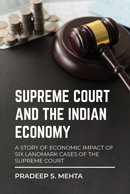



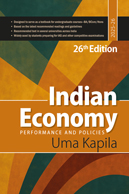
-web-194.jpg)
-front.jpg)
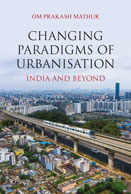







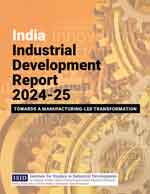
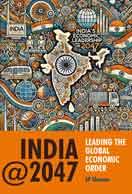
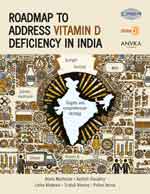

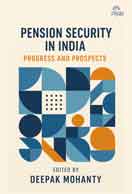
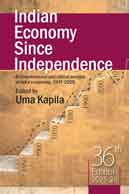
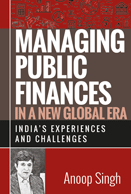

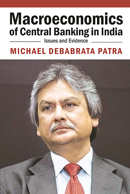

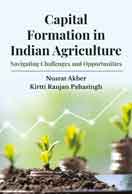











-COVER-web-194.jpg)





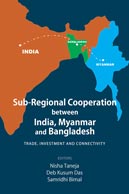























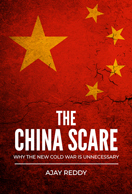
.jpg)






